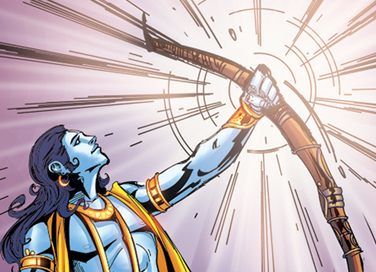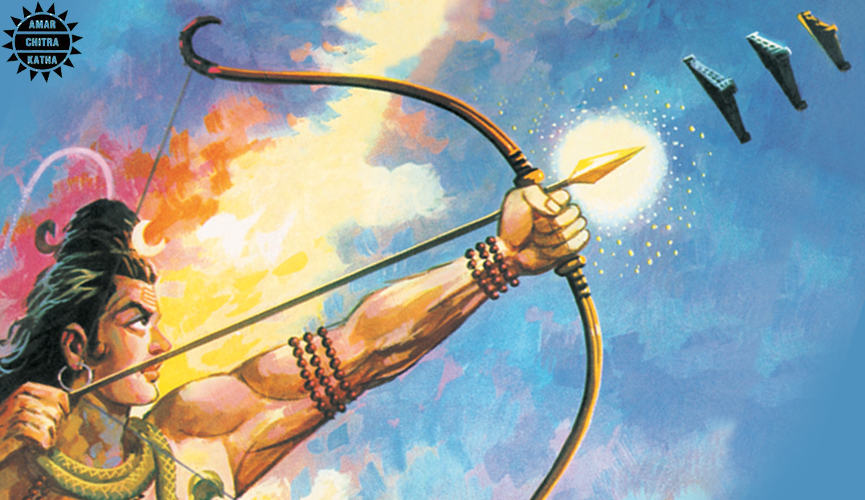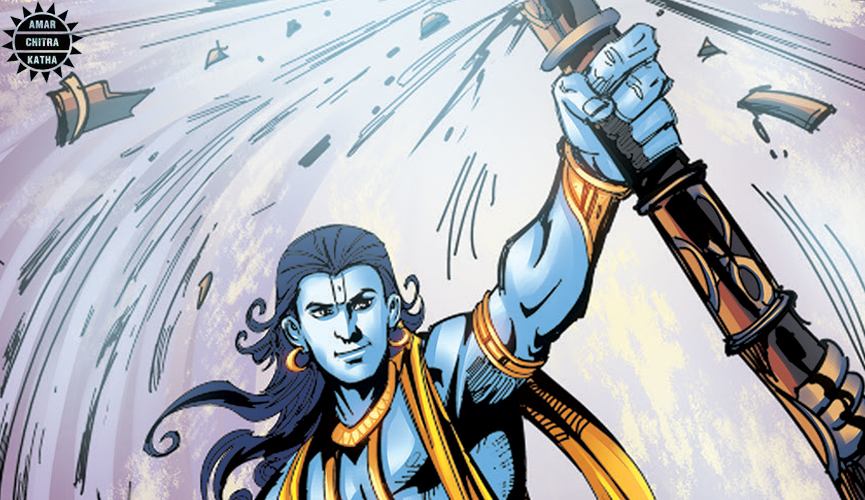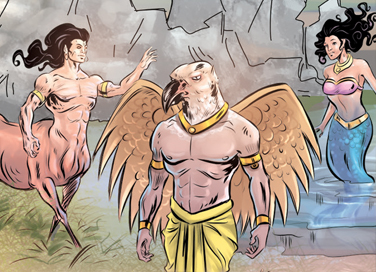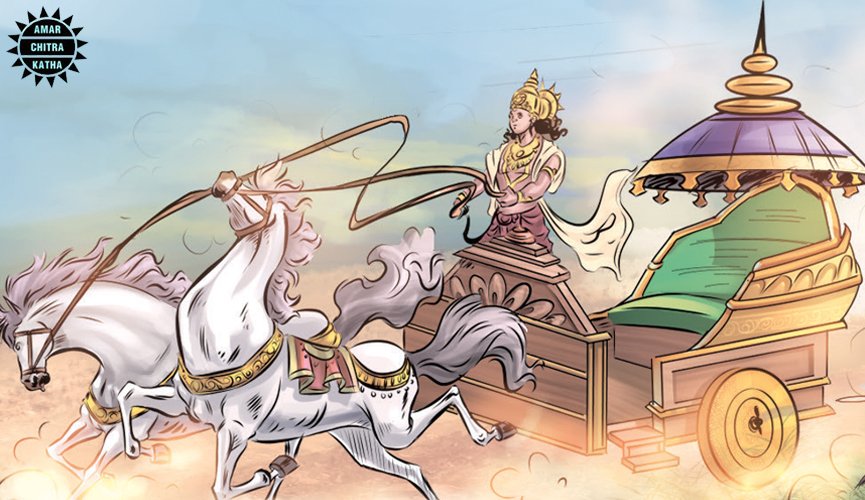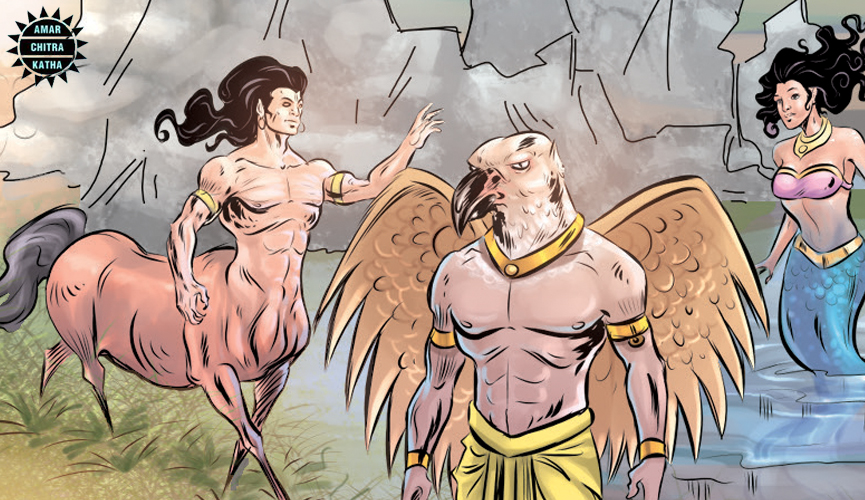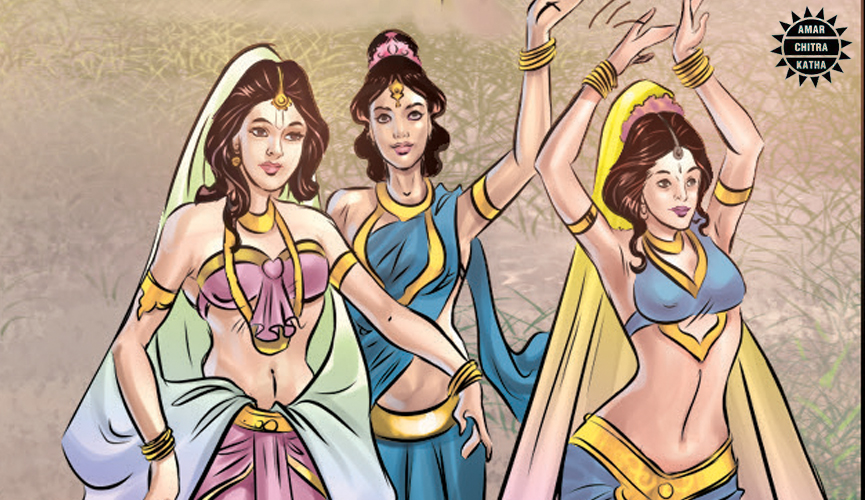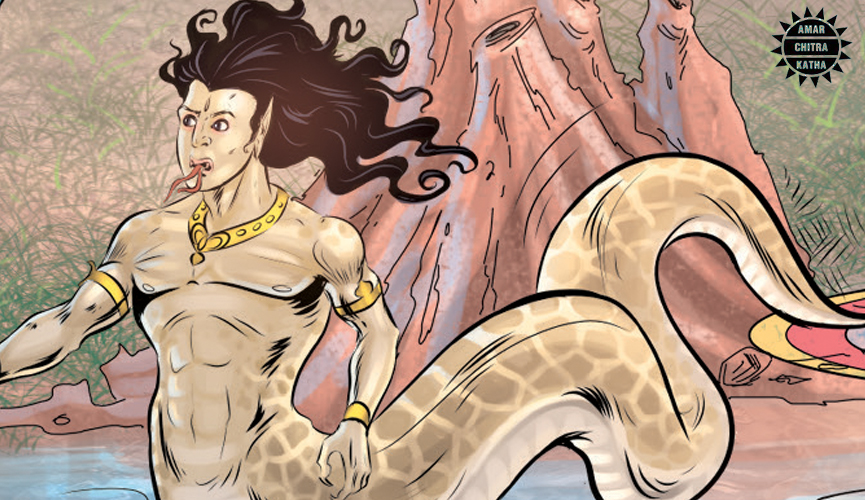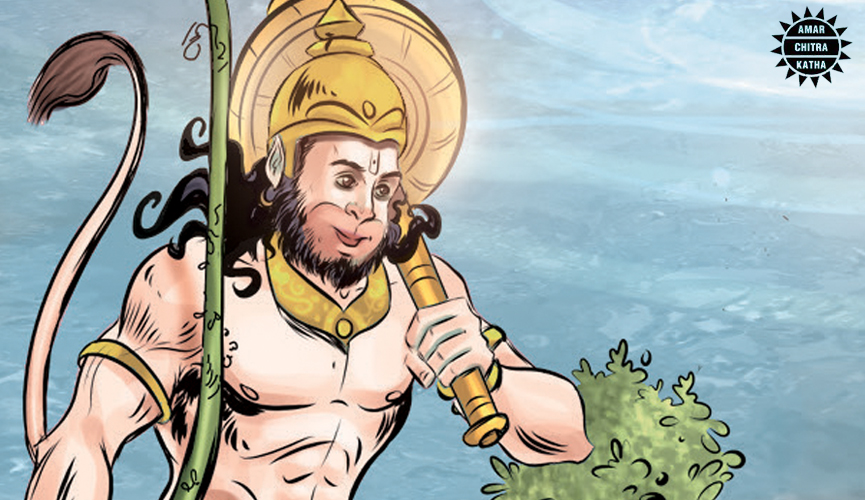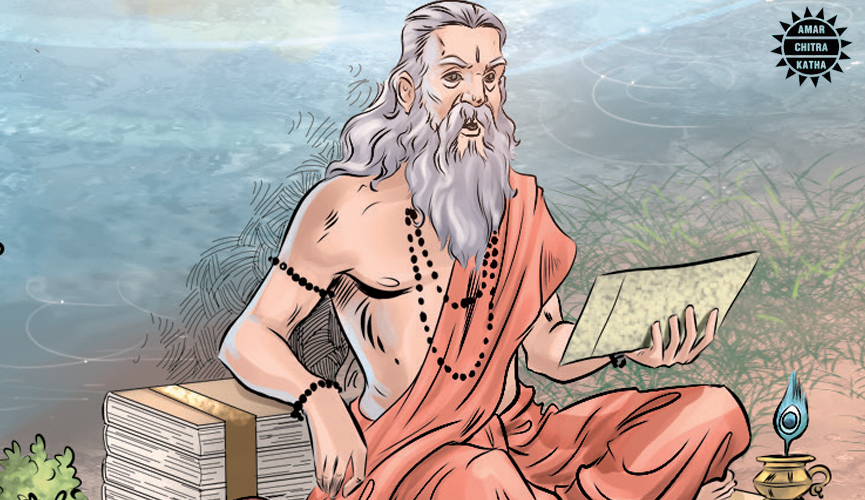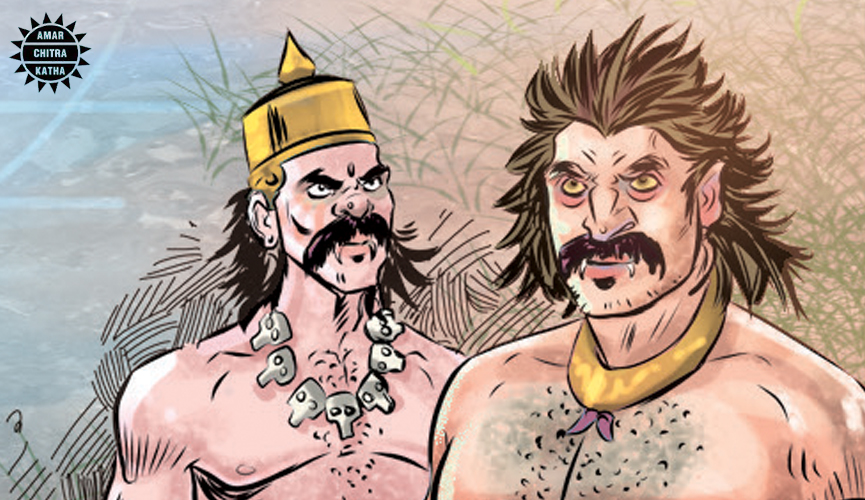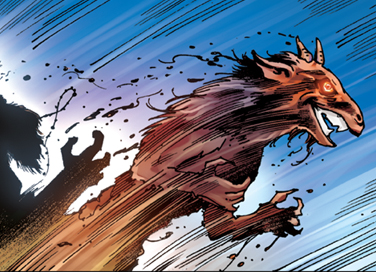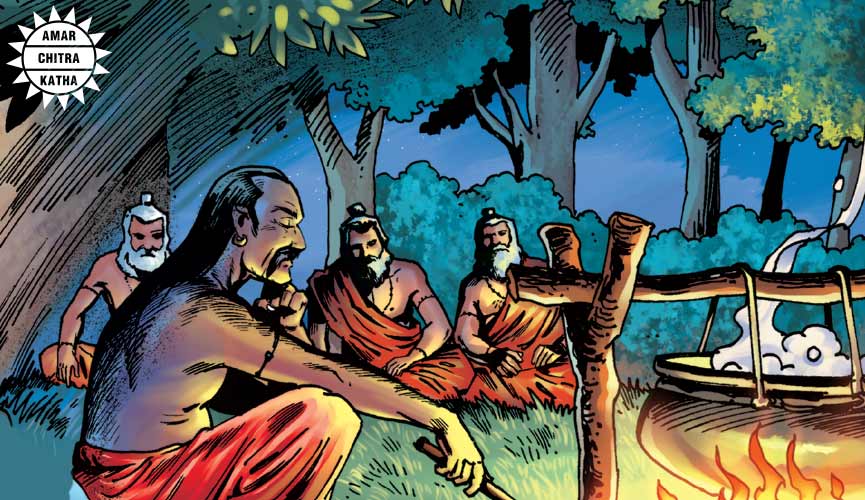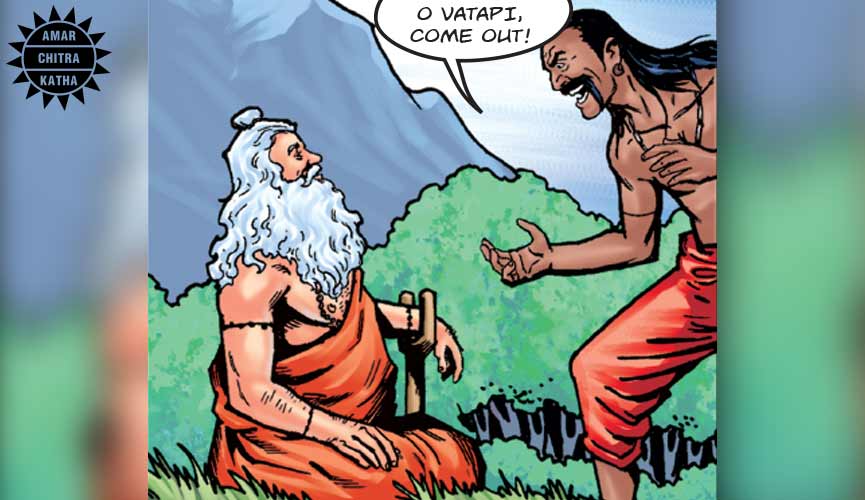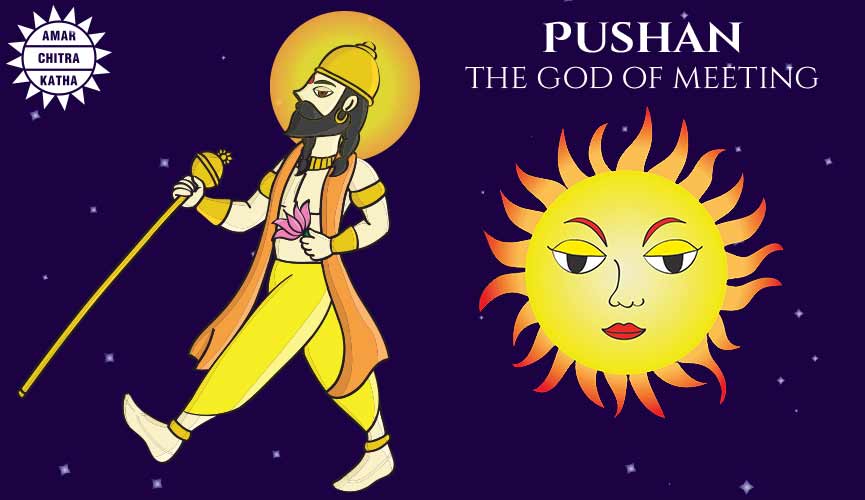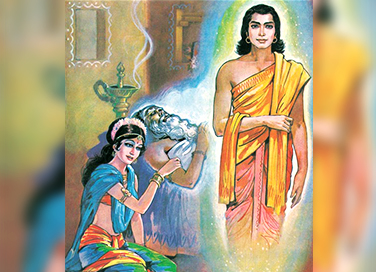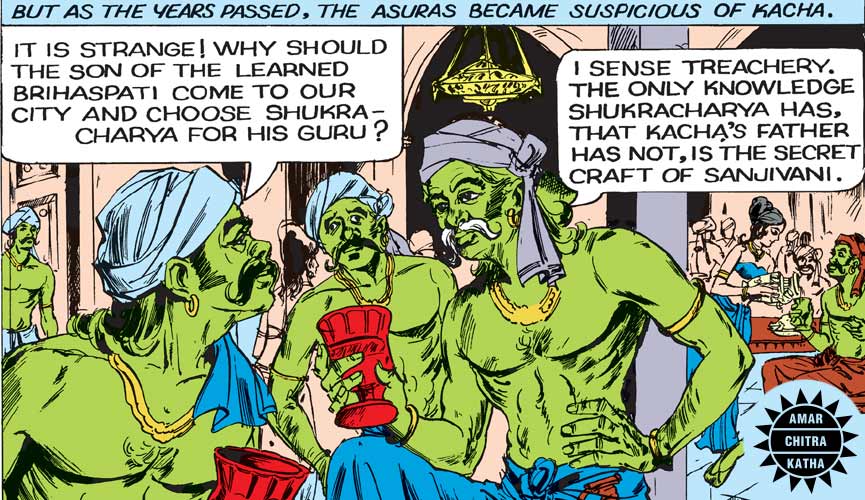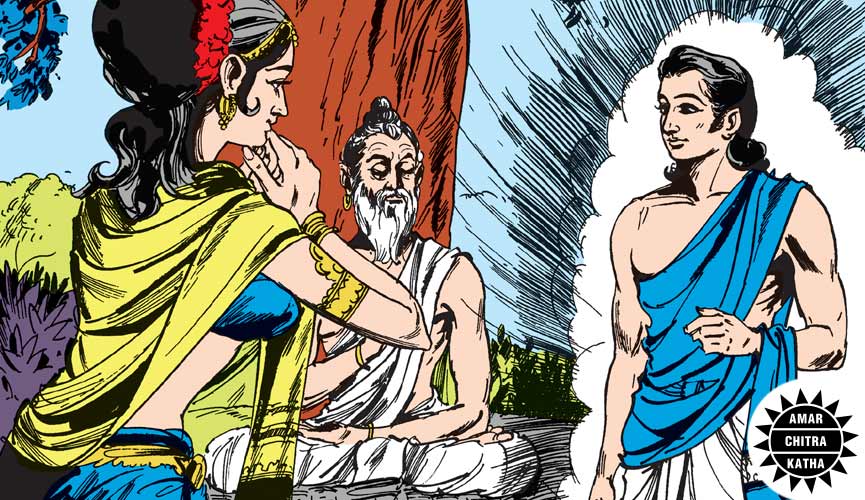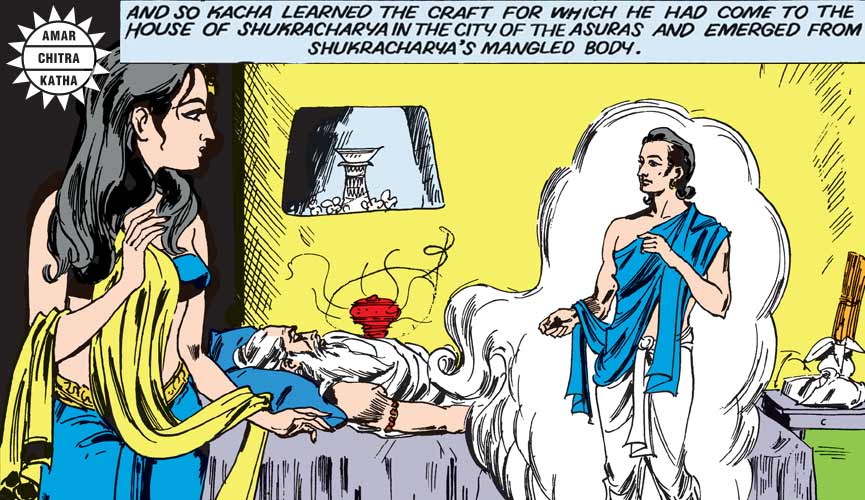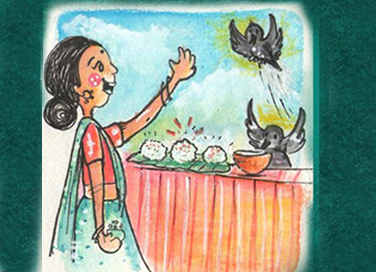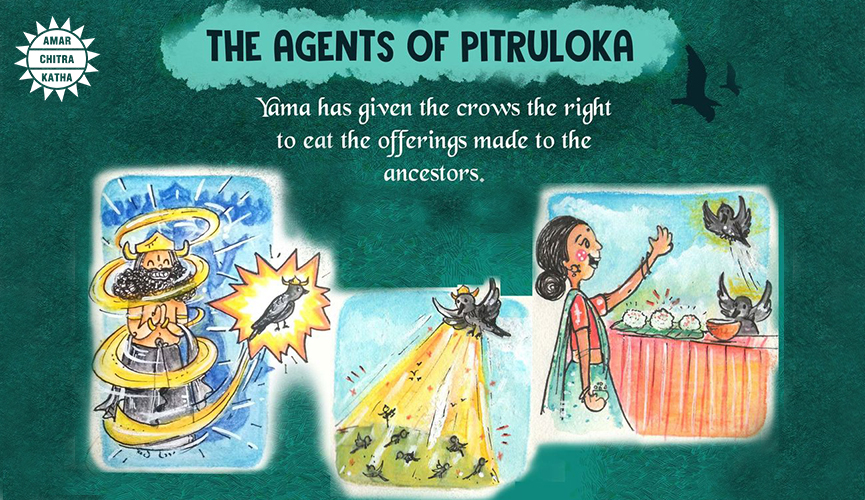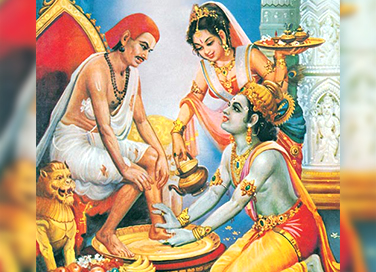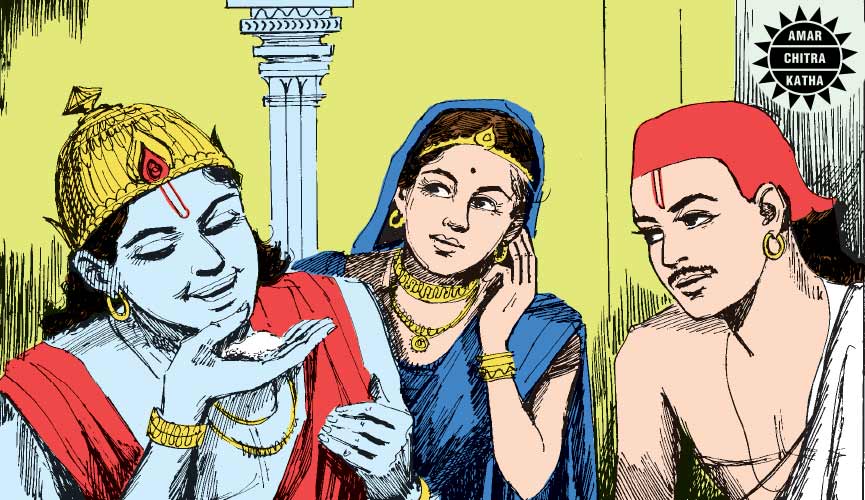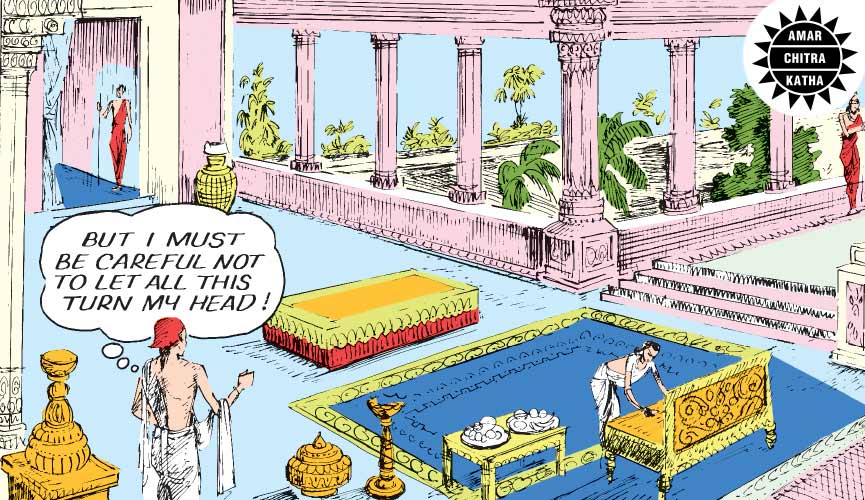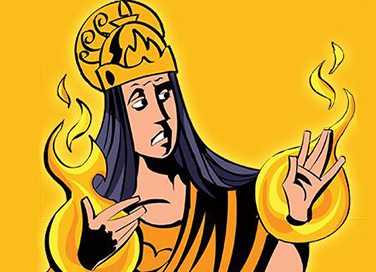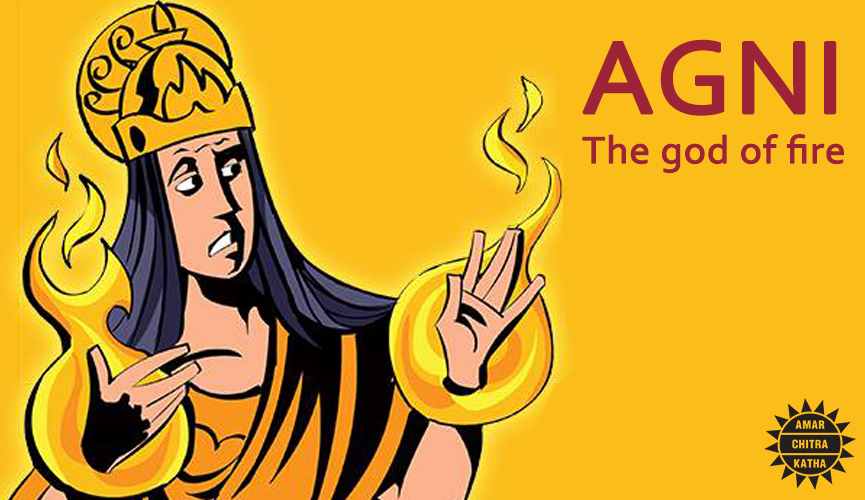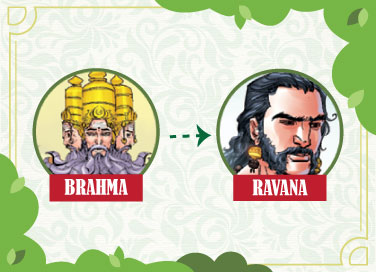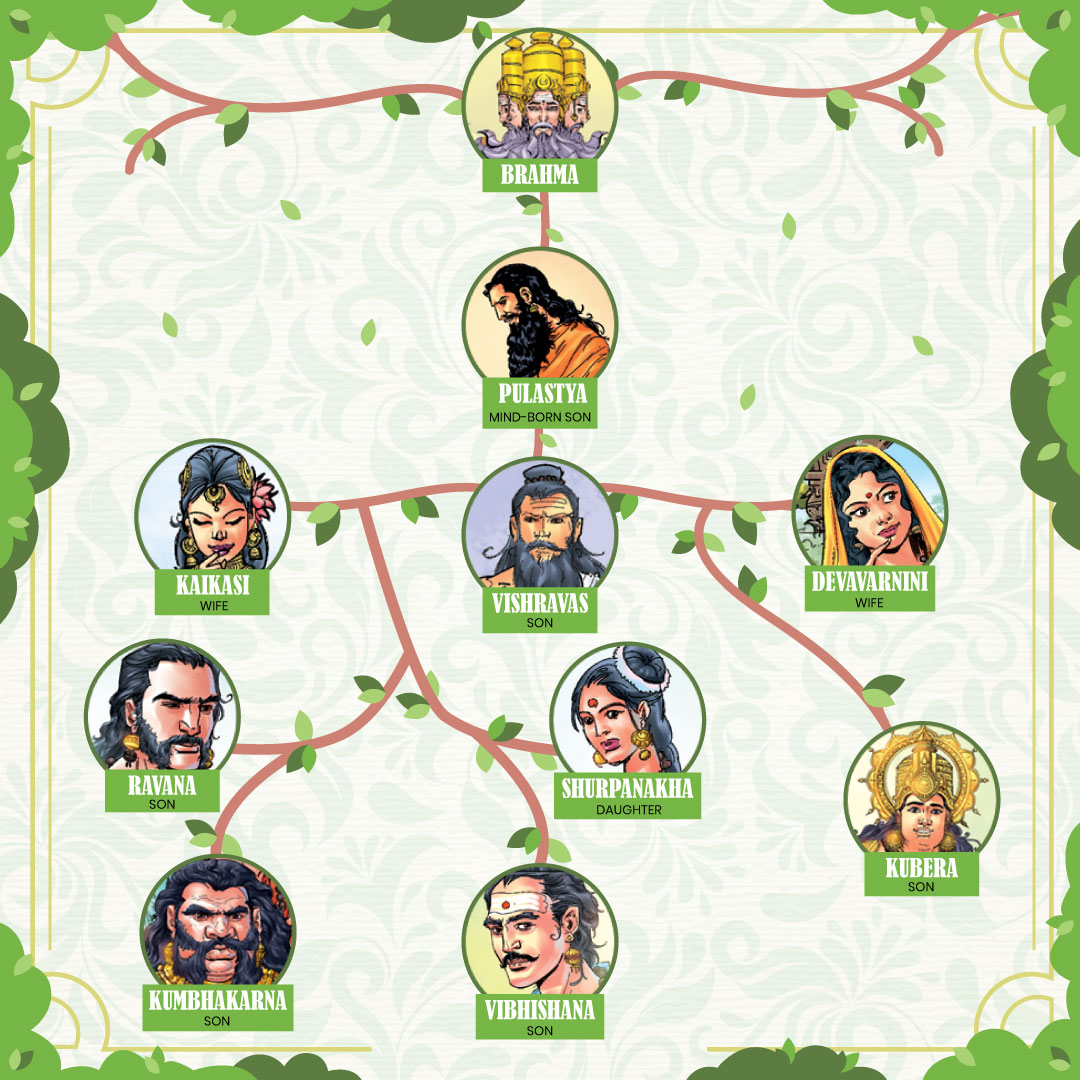By Srinidhi Murthy
Indian mythology has but rare incidents of generous fathers. Here are some of the interesting boons and gifts the divine fathers gave to their sons.
Surya and Karna
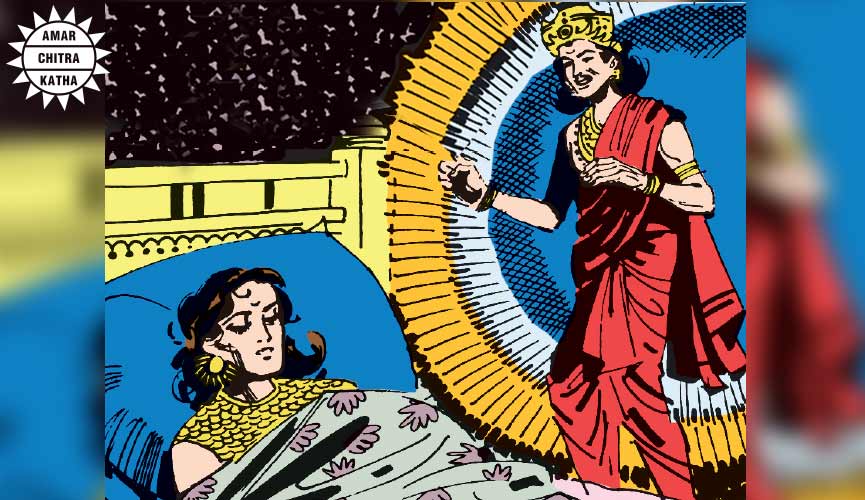
Born to the maiden princess Kunti of Kuntibhoja, Karna was abandoned by his mother at birth. Kunti was granted a boon by sage Durvasa to summon any god of her choice and obtain a son through that god. Curious Kunti summoned Surya to test her boon. She was horrified when she realized that she would have to endure the life of an unwed mother due to the power of boon. She placed her newborn baby in a basket and let it flow in the river. She prayed for the protection of her son, hence Lord Surya gave him divine kavacha kundala (armour and earnings) to the newborn baby which would provide protection from any weapon in the world.
Vayu and Hanuman
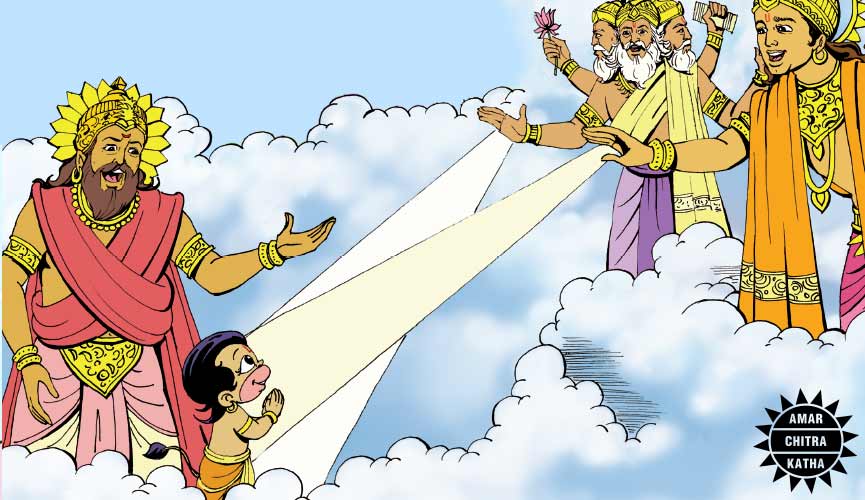
Hanuman was born to Anjana with the blessing of Vayu, the wind god. Hence, he was also called Pavanputra, meaning the son of Vayu. Even as a child, Hanuman possessed great strength. Once, young Hanuman saw the sun and assumed it to be a fruit. He decided to leap into the sky and eat the delicious fruit. Indra witnessed this act of Hanuman and in order to prevent him, he used his divine weapon, Vajra, against him. Hanuman fell defenceless against the power of Vajra. When Vayu saw this, his rage knew no bounds. Holding Hanuman in his arms, he moved into a cave. The wind god stopped blowing. With no air on earth, all creatures began to suffer. Alarmed by the situation, the gods approached Vayu. Learning about the incident, they showered Hanuman with boons such as immunity from all kinds of weapons and fire, good health and immortality. Vayu himself gifted his son the speed of the wind and the ability to fly. With these boons, Hanuman was revived again much to the happiness of his father.
Indra and Arjuna
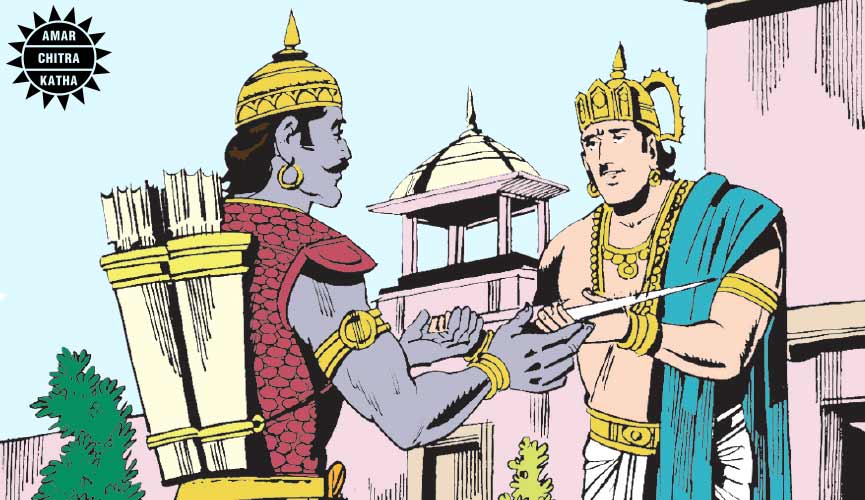
Born to Kunti, the wife of King Pandu, and Indra due to the boon bestowed upon her by the sage Durvasa, Arjuna was a fierce archer. He was given the Vajra by his father, Lord Indra. The powerful celestial weapon, when released, would strike the target by bolts of lightning. During a clash with Danavas, Indra also gifted a splendid crown to Arjuna. This also got him the name Kiritin. Additionally, when Arjuna visited heaven, he rejected the advances of a celestial apsara, Urvashi. Unable to take this insult, she cursed him to be a eunuch forever. However, Indra intervened on behalf of his son and pacified Urvashi to modify her curse. Thus, Arjuna became a eunuch for only a year, when he desired. Arjuna used this curse as an opportunity in his thirteenth year of hiding and became eunuch in the court of King Virata.
Shantanu and Bheeshma
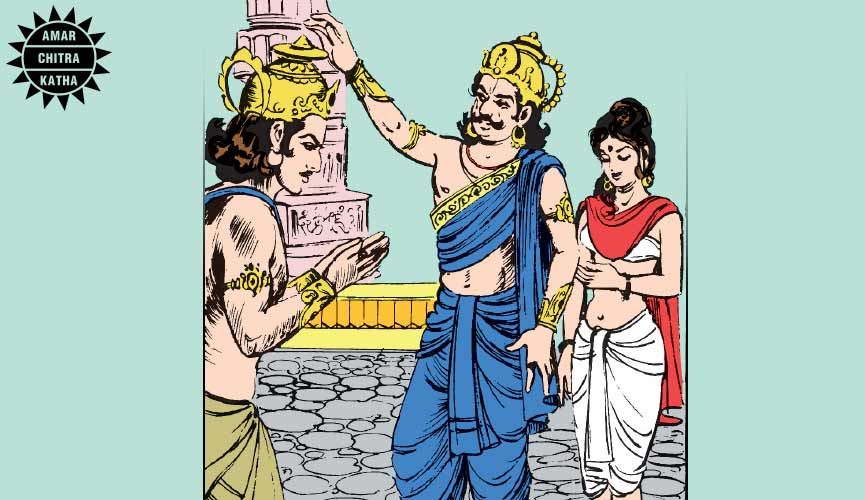
Born to King Shantanu of Hastinapur and Goddess Ganga, Bheeshma, originally known as Devavrata by his parents, was the crown prince of Hastinapur until his father fell in love with Satyavati, the daughter of a fisherman. King Shantanu put forward the marriage proposal to her father. He agreed only with one condition, which was to make Satyavati’s kids the heir to the throne, not Devavrata. Shantanu was troubled by this condition and refused to name any heir other than Devavrata. Unable to bear the dejected state of his father, Devavrata met the fisherman and took a vow of celibacy in front of him, thus making Shantanu and Satyavati’s union possible. Due to this strong vow, Devavarta came to be known as Bheeshma and Shantanu granted him the boon to choose the time of his own death.
Shiva and Ganesha

Shiva blessed Ganesha to be the queller of obstacles, naming him Vigneshwara. Click here to read the full story.
Read the fascinating mythology stories of various Indian gods and goddesses on the ACK Comic app, Kindle, Flipkart, Amazon, and other major e-tailers.





